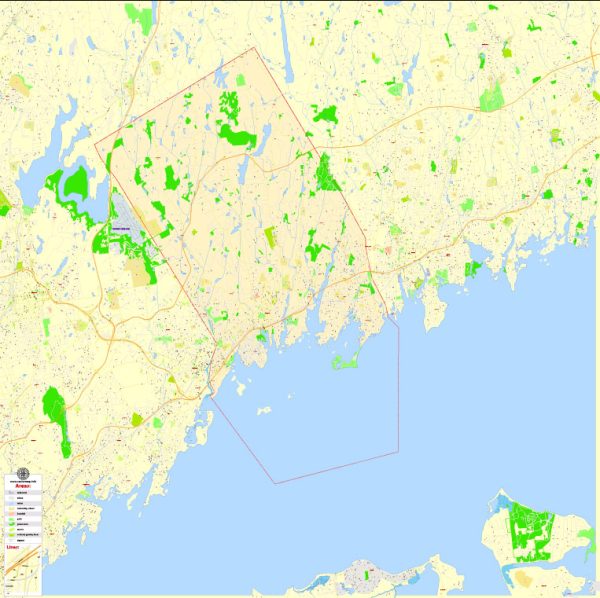Greenwich, Connecticut, located in Fairfield County, has a rich history of urban development that reflects the broader trends in the region and the United States. While Greenwich is often associated with affluence and suburban living today, its history is diverse and has undergone significant transformations over the years.
- Colonial Era (17th-18th centuries):
- Greenwich was originally settled by English colonists in the 1640s. The area was primarily agricultural, with farming playing a central role in the economy.
- The Old Greenwich area, closer to Long Island Sound, was a significant maritime center with shipbuilding and trade activities.
- Revolutionary War Period:
- During the Revolutionary War, Greenwich played a role in the conflict as it was strategically located between British-occupied New York City and Patriot-held Connecticut. The town experienced the impact of troop movements and occasional skirmishes.
- 19th Century Industrialization:
- The 19th century brought industrialization to many parts of the United States, and Greenwich was no exception. Factories and mills began to emerge, contributing to economic growth.
- Transportation improvements, such as the arrival of the railroad in the mid-1800s, connected Greenwich more closely to neighboring communities and New York City.
- Suburban Expansion (Late 19th-early 20th centuries):
- As transportation options improved, Greenwich became more accessible to New York City. Wealthy individuals began to build summer homes in Greenwich, contributing to the town’s reputation as an affluent enclave.
- The town’s population grew, and suburban development became more pronounced, with the expansion of residential neighborhoods.
- Post-World War II Suburban Boom:
- After World War II, there was a significant suburbanization trend across the United States, and Greenwich experienced a boom in residential development.
- The construction of the Connecticut Turnpike (I-95) in the 1950s further facilitated commuting to New York City and contributed to the suburban lifestyle.
- Economic and Cultural Developments:
- Greenwich evolved into a center for finance and business, with many financial professionals choosing to live in the town.
- The town also developed a vibrant cultural scene, with museums, galleries, and cultural institutions contributing to the community’s character.
- Preservation and Planning Efforts:
- Over the years, there have been efforts to balance development with preservation, leading to the establishment of conservation areas and the protection of open spaces.
- Contemporary Greenwich:
- Today, Greenwich is known for its high-end real estate, excellent schools, and a thriving community. The town continues to evolve, balancing growth with a commitment to preserving its natural beauty and historic character.
Greenwich’s history reflects broader trends in American urban development, from its agricultural and colonial roots to its transformation into a thriving suburban community with a focus on preserving its natural and historic assets.


 Author: Kirill Shrayber, Ph.D.
Author: Kirill Shrayber, Ph.D.